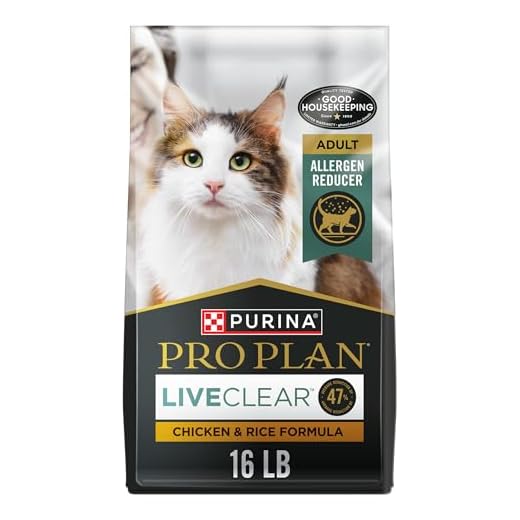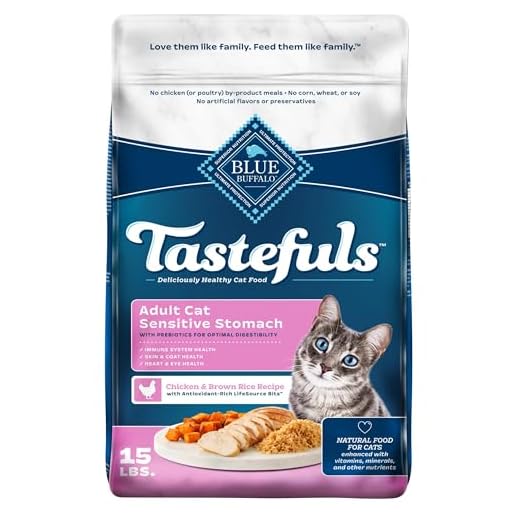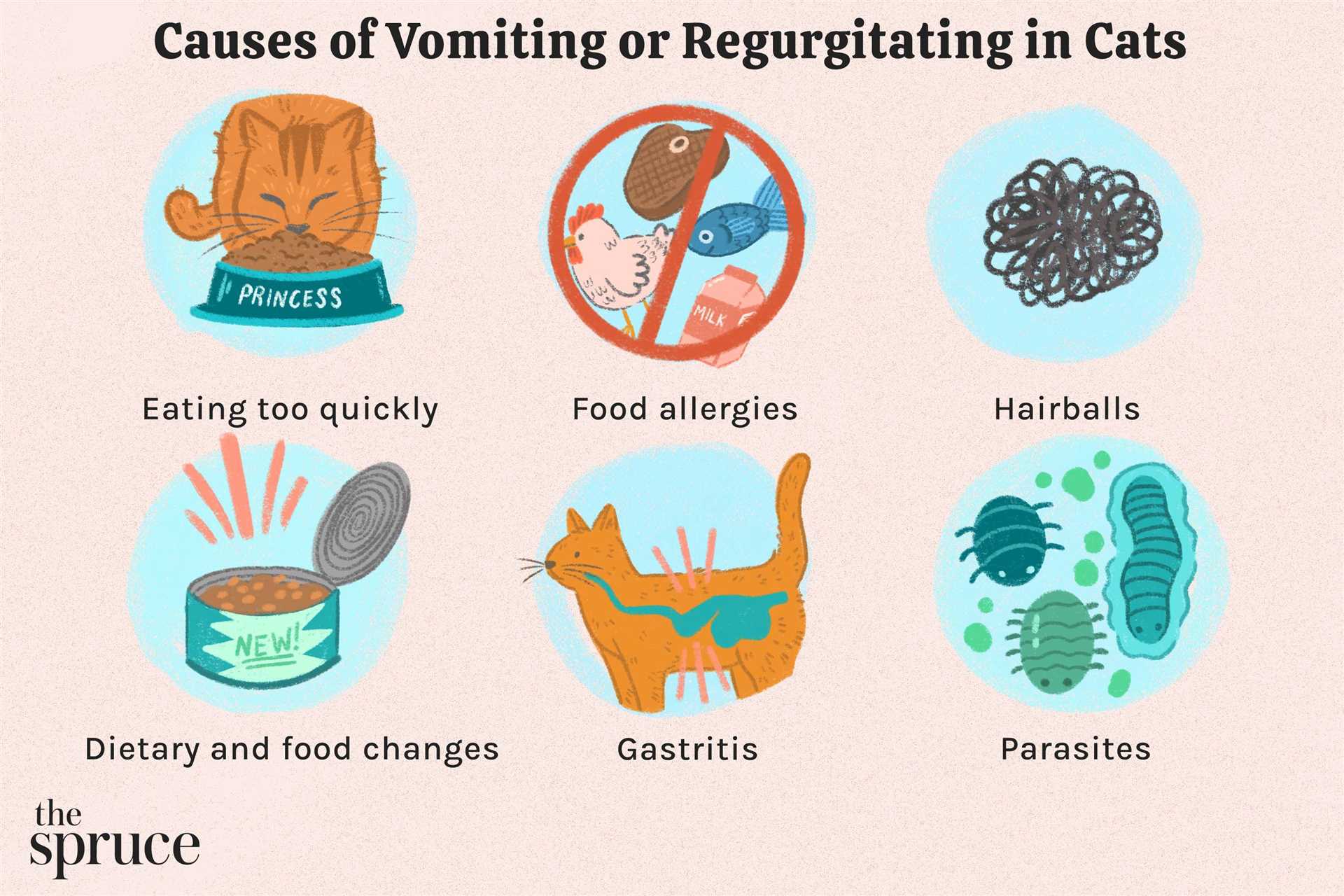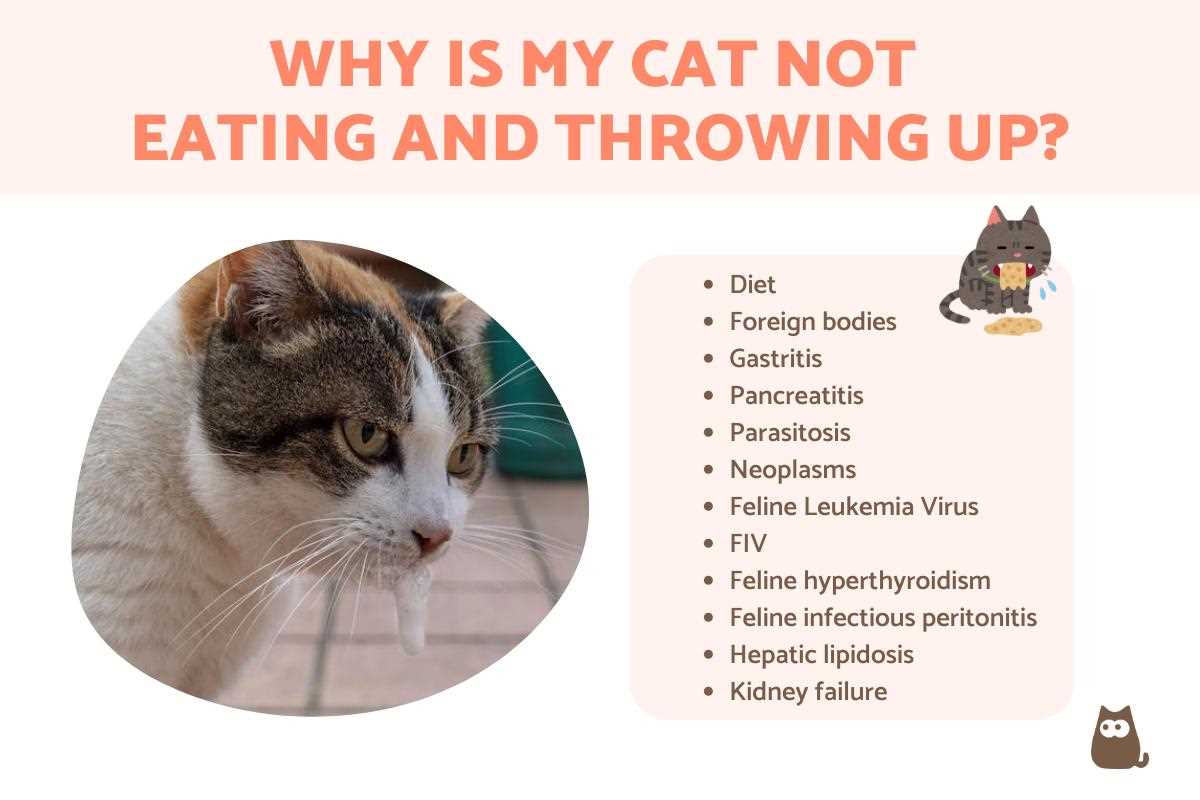



Choosing high-quality, easily digestible food has significantly reduced my issues. Opting for specialized formulas designed for sensitive stomachs can minimize irritations and improve overall comfort.
Adjusting my meal portions is crucial. Smaller, more frequent servings allow my stomach to process food without overwhelming itself. This practice not only aids digestion but also promotes a healthier eating routine.
Monitoring my eating speed is another key factor. Using slow feeders can help me take my time, preventing gulping that often leads to regurgitation. This simple change has made a noticeable difference in how I feel after meals.
Staying hydrated is essential too. Access to fresh water at all times helps maintain my digestive health. Dehydration can exacerbate stomach issues, so I ensure I drink regularly throughout the day.
Lastly, keeping an eye on my environment is important. Stressful situations can trigger discomfort, so creating a calm and safe eating space is beneficial. A little tranquility goes a long way in ensuring I enjoy my meals without any unwanted repercussions.
Common Health Issues Leading to Vomiting in Felines
Recognizing specific health problems is crucial. Here are some common conditions that may cause regurgitation:
- Gastrointestinal Disorders: Issues like inflammatory bowel disease (IBD) can irritate the stomach lining, resulting in distress and vomiting.
- Food Intolerance: Some individuals may struggle with certain ingredients, leading to adverse reactions and digestive upset.
- Parasites: Infestations from worms or other parasites can disrupt the gastrointestinal system, causing nausea and vomiting.
- Infections: Bacterial or viral infections can compromise the digestive tract’s functionality, leading to frequent vomiting episodes.
- Kidney Disease: Impaired kidney function can lead to toxin buildup in the body, often manifesting as vomiting.
- Liver Issues: Liver dysfunction may cause a range of symptoms, including digestive disturbances and vomiting.
- Hyperthyroidism: This condition affects metabolism and can result in gastrointestinal problems, including vomiting.
Seeking veterinary advice is essential for accurate diagnosis and treatment. Regular check-ups can help catch these issues early and maintain overall health.
Impact of Eating Habits on a Feline’s Digestive System
Ingesting food too quickly can lead to discomfort and regurgitation. To mitigate this, consider using a slow feeder, which encourages a more measured pace during meals. This approach allows for better digestion and reduces the likelihood of furballs.
The type and quality of food play a significant role in digestive health. High-fat diets can overwhelm the system, causing issues. Opt for balanced nutrition with appropriate protein levels and fiber to support digestion. Look for options specifically formulated for sensitive stomachs.
Frequent changes in diet can disrupt the digestive balance. Transitioning gradually between different foods over several days helps the stomach adapt. Abrupt changes can trigger adverse reactions, including vomiting.
Hydration is equally important. Ensure access to fresh water at all times. Dehydration can lead to digestive issues, compounding the problem of vomiting. Incorporating wet food into the diet can help maintain hydration levels.
Portion sizes matter too. Overfeeding can stretch the stomach, leading to discomfort and nausea. Smaller, more frequent meals can prevent these issues, promoting a healthier digestive process.
Lastly, monitor for stressors in the environment. Anxiety can affect appetite and digestion. Create a calm feeding area, free from disturbances, to encourage a relaxed eating experience.
How Food Quality Affects Your Feline’s Stomach
Opt for high-quality food with real meat as the first ingredient. This ensures that your furry friend receives the necessary proteins and nutrients for optimal digestion. Avoid products containing fillers like corn and soy, as these can lead to gastrointestinal distress.
Ingredients to Look For
Choose brands that list whole ingredients, such as chicken, turkey, or fish, without artificial additives or preservatives. Natural fibers, like beet pulp, can assist in digestion and reduce the likelihood of unpleasant regurgitation. Additionally, consider options with probiotics to promote a healthy gut flora.
Feeding Techniques

Monitor portion sizes and frequency of meals. Smaller, more frequent feedings can ease digestive strain. Transitioning to a new diet should be gradual, allowing your pet’s stomach to adjust without discomfort. Always keep fresh water available to help with digestion and hydration.
For safety, ensure your pet is wearing the best gps collar for cats while exploring their environment, especially if they are prone to stress-related vomiting. Quality food and proper feeding practices can make a significant difference in your companion’s well-being.
Identifying Allergies and Intolerances in Your Cat’s Diet
Monitor reactions closely after introducing new food items. If vomiting occurs, consider potential allergens like chicken, fish, or grains. Keep a detailed diary of meals and any adverse responses. This record may reveal patterns indicating specific intolerances.
Common Symptoms of Food Sensitivities

Watch for signs such as skin irritations, excessive scratching, or changes in behavior alongside vomiting. These can signal a food allergy or sensitivity. If your furry friend displays these symptoms, consult a veterinarian for appropriate testing and guidance.
Elimination Diet Approach
Implement an elimination diet by removing suspected allergens from meals for a few weeks. Gradually reintroduce each component to observe any negative reactions. This method helps pinpoint problematic ingredients, allowing for tailored meal planning that suits individual dietary needs.
When to Consult a Veterinarian for Vomiting
If the episodes of regurgitation are frequent or accompanied by other concerning symptoms, it’s essential to seek veterinary advice. Signs that warrant immediate attention include:
- Repeated vomiting within a short timeframe.
- Presence of blood in the vomit.
- Signs of lethargy or weakness.
- Loss of appetite lasting more than 24 hours.
- Diarrhea or changes in bowel habits.
- Unusual behavior or signs of distress.
Consulting a professional is crucial, especially if your feline friend appears to be in pain or discomfort. A thorough examination can determine if underlying health issues are present.
Pay attention to any changes in eating patterns or preferences. If new food has been introduced, consider discussing this with your vet. Sometimes, dietary adjustments are necessary for a healthier digestive process.
Don’t hesitate to ask for advice on suitable food options. High-quality nutrition can significantly impact overall health. A vet may recommend specific diets tailored to address sensitivity or allergies.
Keep a record of vomiting incidents, including frequency and any correlating factors, such as food intake or stressors. This information can help the veterinarian pinpoint potential causes more effectively.
In cases where anxiety or stress seems to trigger regurgitation, behavioral consultations might also be beneficial. Enriching your home environment and establishing a routine can enhance your companion’s well-being.
For those interested in preparing food at home, ensure to follow safe cooking practices. For example, you can learn how to cook meatballs in an electric skillet to create nutritious meals that cater to specific dietary needs.
Practical Tips to Reduce Vomiting in Cats
Switch to smaller, more frequent meals. Offering smaller portions can help prevent overeating and reduce the risk of regurgitation. Aim for three to four meals throughout the day instead of one or two large ones.
Monitor Eating Pace
Use slow-feeder bowls to encourage a more leisurely eating pace. This approach allows better digestion and minimizes the chance of swallowing too much air, which can lead to discomfort.
Hydration Matters
Ensure constant access to fresh water. Dehydration can upset the stomach, so frequent water changes can encourage proper hydration, aiding in digestion.
| Tip | Description |
|---|---|
| Divided Portions | Feed smaller amounts multiple times a day. |
| Slow-Feeder Bowls | Encourage slower eating to reduce air intake. |
| Hydration | Keep fresh water available at all times. |
| Quality Food | Select high-quality, easily digestible options. |
| Environment | Minimize stress during mealtime for better digestion. |
Choose high-quality food that’s easy on the stomach. Look for options with limited ingredients to identify what works best without triggering reactions.
Reduce stress during meals. Create a calm environment by limiting noise and distractions, which can help promote a more relaxed eating experience.
Keep an eye on behavior after meals. If certain foods consistently lead to discomfort, consider alternatives. Documenting these changes can aid in identifying patterns.
FAQ:
Why does my cat vomit every time she eats?
There are several reasons why your cat might vomit after eating. One common cause is eating too quickly. Cats that gobble their food may not give their stomach enough time to adjust, leading to regurgitation. Another possibility is food intolerance or allergies, which can cause gastrointestinal upset. Additionally, certain medical conditions, such as infections or gastrointestinal disorders, might also be responsible. If your cat is frequently vomiting, it’s best to consult a veterinarian to determine the underlying cause and receive proper care.
What can I do to help my cat stop vomiting after meals?
To help your cat stop vomiting, try feeding her smaller, more frequent meals instead of one or two large ones. This approach can help manage her eating speed and reduce the chance of vomiting. You can also consider using a specialized slow-feed bowl, which makes it harder for her to gulp down her food. Additionally, ensure that her food is high-quality and suitable for her dietary needs. If vomiting persists, it’s crucial to consult a veterinarian, as they can provide tailored advice and check for any health issues that may be causing the problem.









